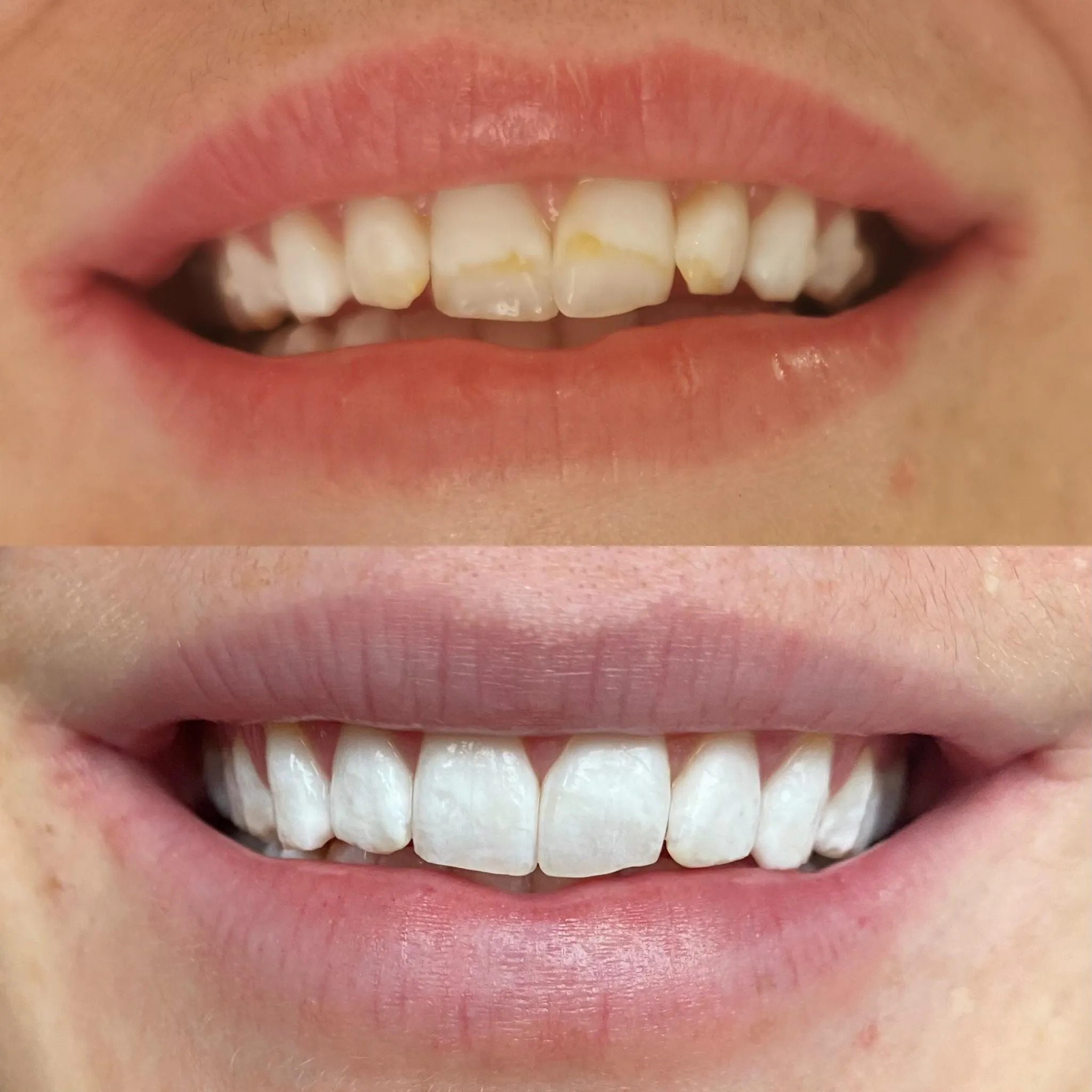The Basics Whitening Gel and Invisalign
Combining Invisalign aligners with whitening gel is a popular approach to achieving a brighter smile while undergoing teeth straightening. Invisalign provides a convenient method for applying the whitening gel directly to the teeth, potentially enhancing the whitening process. However, understanding the nuances of this combination, including safety, application, effectiveness, and potential risks, is crucial for anyone considering this option. This article will explore five key facts about using whitening gel with Invisalign, providing a comprehensive guide for users to make informed decisions and achieve optimal results. It’s essential to consult with a dental professional for personalized advice tailored to your specific needs and oral health condition.
What is Whitening Gel
Whitening gel is a cosmetic dental product designed to lighten the shade of teeth. It typically contains bleaching agents, such as hydrogen peroxide or carbamide peroxide, which penetrate the enamel to break down stain molecules. These gels come in various concentrations, with higher concentrations often leading to faster results but potentially increasing the risk of sensitivity. Whitening gels are available over-the-counter and through dental professionals. Professional-grade gels often contain higher concentrations of the active bleaching agent and are administered under the supervision of a dentist, ensuring safe and effective whitening. The choice of gel depends on individual needs, the severity of staining, and professional recommendations.
Types of Whitening Gels
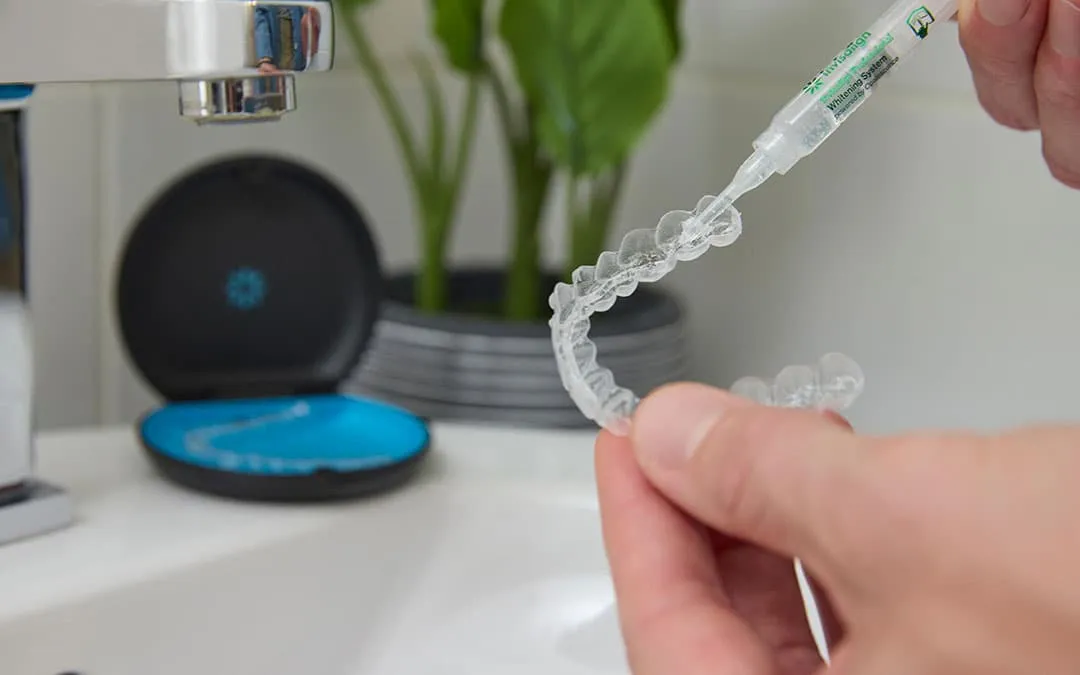
Several types of whitening gels are available, catering to different needs and preferences. Over-the-counter gels are generally less potent and are suitable for mild staining. These often come in the form of trays, strips, or pens. Professional-grade gels, provided by dentists, offer higher concentrations of bleaching agents, leading to more significant whitening results. These gels can be applied using custom-fitted trays, ensuring even coverage and minimizing gum irritation. Some gels also include desensitizing agents to reduce sensitivity. The selection of gel type should consider factors like the degree of discoloration, tooth sensitivity, and the guidance of a dental professional to ensure safe and effective teeth whitening.
What is Invisalign
Invisalign is a revolutionary orthodontic treatment that uses clear, removable aligners to straighten teeth. These aligners are custom-made for each patient, offering a discreet and comfortable alternative to traditional braces. The aligners are made of a clear, medical-grade plastic, making them virtually invisible and less noticeable than metal braces. Invisalign is designed to be worn for at least 20-22 hours per day and is removed only for eating, drinking anything other than water, brushing, and flossing. Invisalign treatment offers aesthetic benefits and improved oral hygiene, making it a popular choice for adults and teenagers seeking straighter teeth without the drawbacks of conventional braces.
How Invisalign Works
Invisalign treatment involves a series of custom-made aligners that gradually shift teeth into their desired positions. Each set of aligners is worn for a specific period, typically one to two weeks, before advancing to the next set. The aligners apply gentle, controlled forces to the teeth, gradually moving them according to the treatment plan created by the orthodontist. The treatment process begins with a consultation, during which the dentist or orthodontist assesses the patient’s teeth and creates a digital treatment plan. This plan maps out the entire teeth-straightening process, allowing patients to visualize the final outcome. Regular check-ups are essential to monitor progress and ensure that the teeth are moving as planned. The duration of Invisalign treatment varies depending on the complexity of the case, but typically ranges from a few months to a couple of years.
Can You Use Whitening Gel with Invisalign
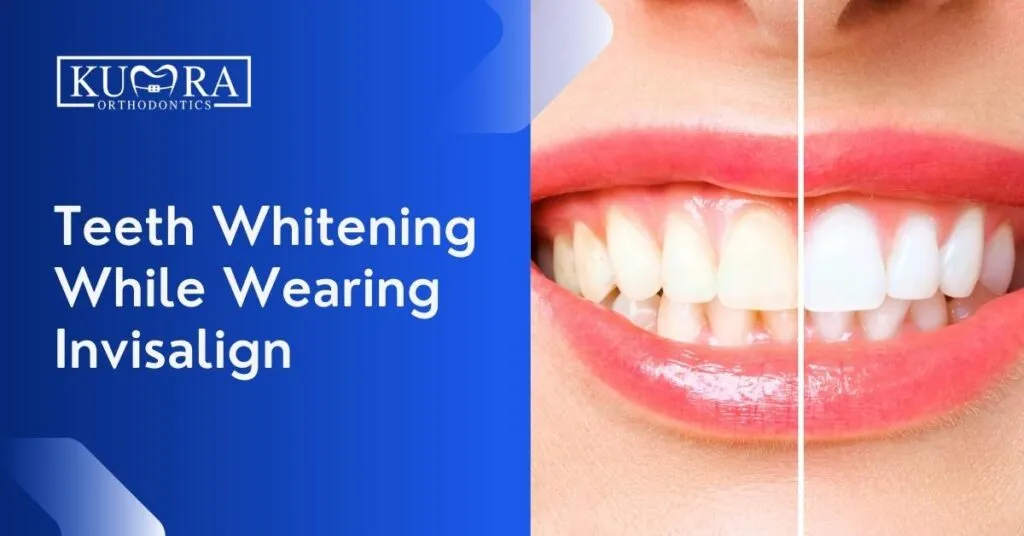
Yes, it is generally safe to use whitening gel with Invisalign aligners, as the aligners can act as a custom tray to hold the gel against the teeth. This method can enhance the whitening process by ensuring even distribution and prolonged contact of the gel with the tooth surface. However, certain precautions must be taken. The concentration of the whitening gel, the application duration, and the frequency of use should be carefully considered to avoid potential side effects such as tooth sensitivity or gum irritation. Always follow the instructions provided by your dentist or the product manufacturer. It’s essential to discuss your plans with your dentist to ensure that using whitening gel with Invisalign is suitable for your specific dental health conditions.
Fact 1 Is it Safe to Use Whitening Gel with Invisalign
Using whitening gel with Invisalign can be safe if done correctly, but it’s crucial to follow dental professional’s recommendations. The primary concern is the potential for increased tooth sensitivity or gum irritation due to the prolonged exposure to the whitening agent within the enclosed environment of the aligners. It’s vital to use a gel strength recommended by your dentist and to avoid overusing the product. Always ensure the aligners fit snugly to prevent gel leakage, which could cause irritation. Regular dental check-ups are essential to monitor for any adverse effects. Dentists can provide guidance on appropriate gel concentrations, application times, and frequency to minimize risks and maximize the benefits of the whitening process.
Fact 2 How to Apply Whitening Gel with Invisalign
Applying whitening gel with Invisalign involves a simple process. First, brush and floss your teeth thoroughly before inserting the aligners. Place a small amount of whitening gel into each aligner, following the dentist’s or product instructions. Ensure the gel is evenly distributed to cover the tooth surfaces. Insert the aligners into your mouth, making sure they fit correctly. Wear the aligners for the recommended duration, typically as directed by your dentist. Remove the aligners and rinse them with water. Brush your teeth again to remove any remaining gel residue. Be consistent with the application as recommended by your dentist for optimal results. Always prioritize oral hygiene to maintain the health of your teeth and gums during the whitening process.
Fact 3 The Effectiveness of Whitening Gel with Invisalign
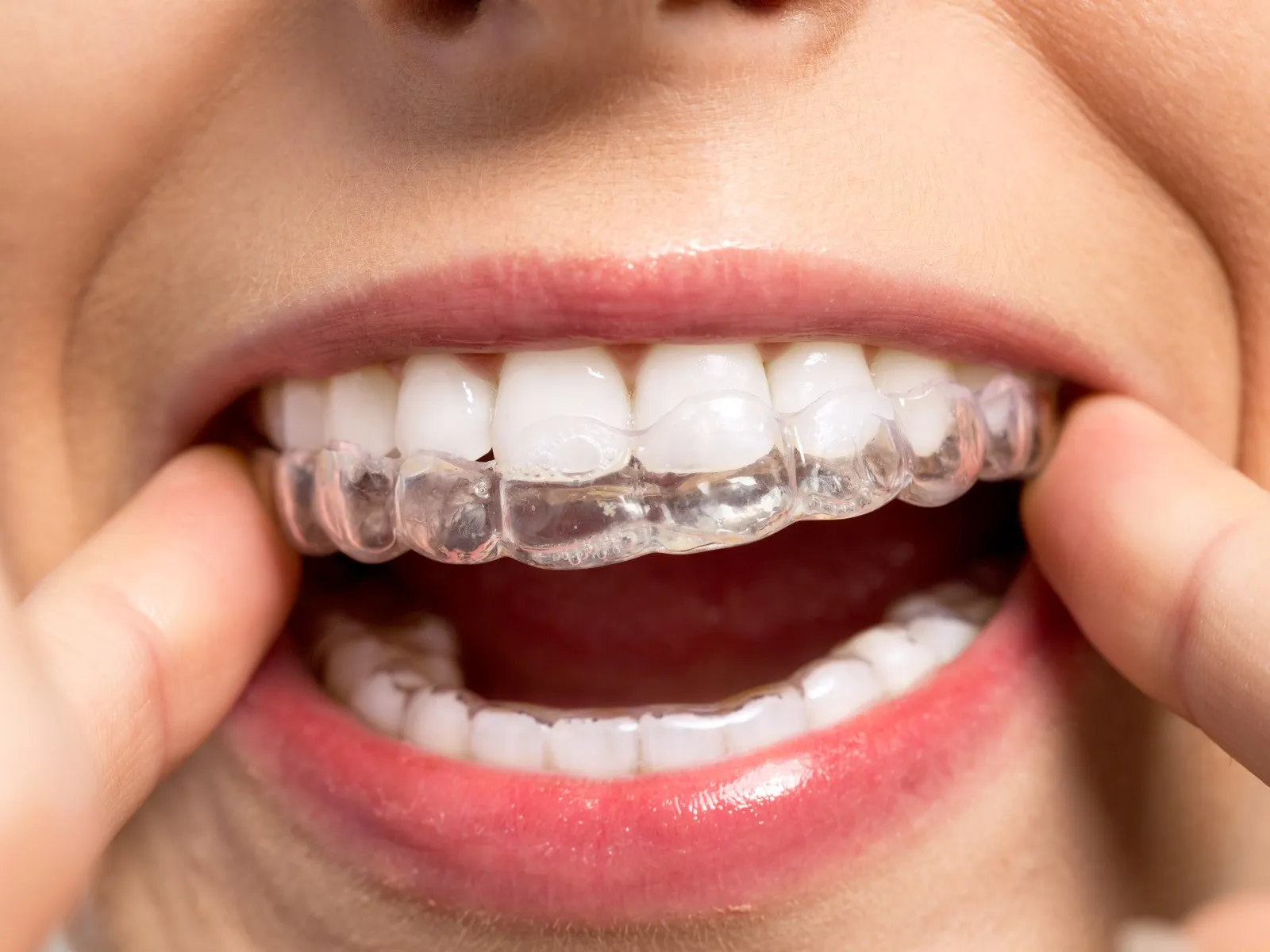
The effectiveness of whitening gel with Invisalign can be significant, as the aligners create an enclosed environment that maximizes the contact time between the gel and the tooth surfaces. This extended exposure can lead to more noticeable and faster whitening results compared to some other methods. However, the degree of whitening varies based on the type and concentration of the gel used, the duration of application, and the individual’s tooth structure. Professional-grade gels generally yield more dramatic results due to their higher concentration of bleaching agents. Factors like the severity of existing stains, the patient’s lifestyle (e.g., smoking, coffee consumption), and oral hygiene practices also influence the outcome. Regular dental check-ups are recommended to monitor the progress and address any concerns during the whitening process.
Fact 4 Potential Risks and Side Effects
While generally safe, using whitening gel with Invisalign can have potential risks and side effects. The most common side effect is tooth sensitivity, which can range from mild to severe. This usually occurs during the treatment and can be managed with desensitizing toothpaste or reducing the application frequency. Gum irritation, caused by the gel leaking from the aligners and contacting the soft tissues, is another potential issue. In rare cases, overuse of the whitening gel can lead to enamel damage. It is crucial to adhere to the dentist’s instructions and use the recommended gel strength and application duration to minimize these risks. Individuals with existing dental issues, such as cavities or gum disease, should address these problems before starting the whitening process to prevent complications. If any adverse effects occur, stop the treatment and consult your dentist immediately.
Fact 5 Alternatives to Whitening Gel with Invisalign
If whitening gel with Invisalign isn’t suitable, several alternatives are available. Professional teeth whitening treatments performed in a dental office offer immediate results. These treatments often use stronger bleaching agents and can be customized to the patient’s needs. Whitening toothpaste, although less potent, can help remove surface stains and maintain brightness. Whitening strips are another over-the-counter option that can be used independently of or in conjunction with Invisalign, with varying degrees of effectiveness. Another option includes using a special whitening mouthwash, which can help keep the teeth bright. Discussing these alternatives with your dentist will help determine the best approach for your situation, considering factors such as tooth sensitivity, the severity of staining, and personal preferences.
Best Practices and Tips
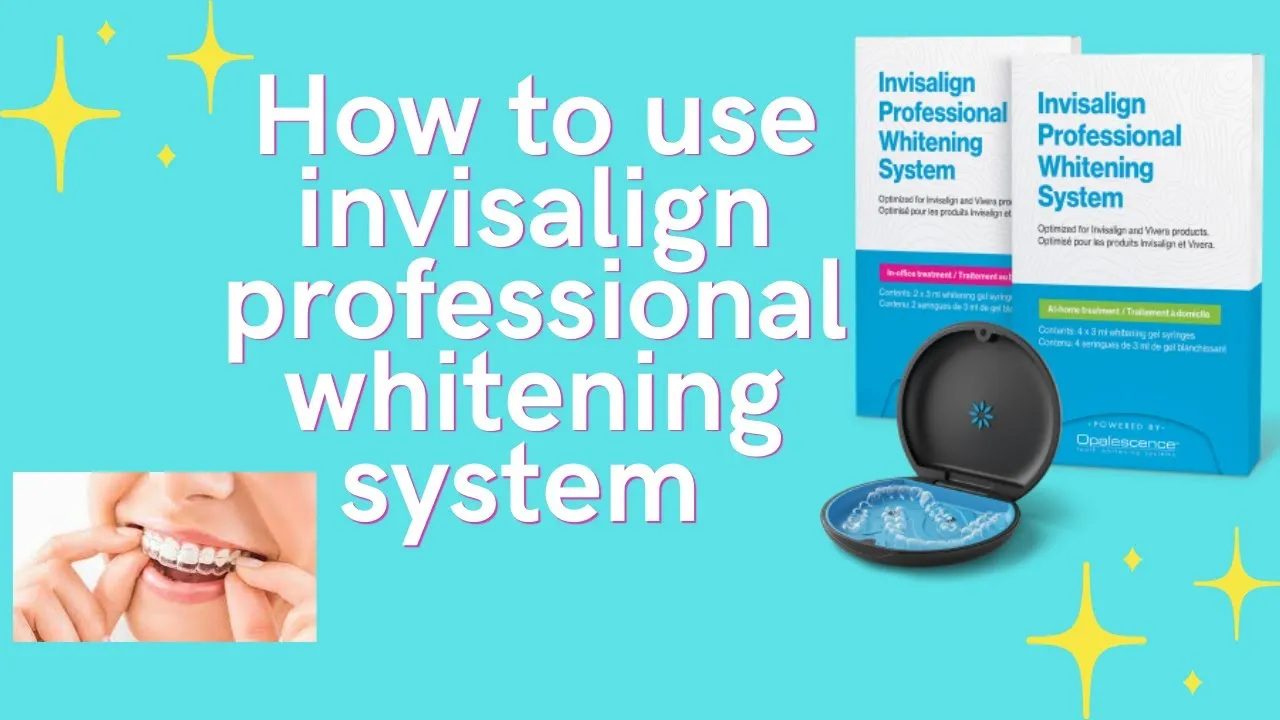
To ensure the safe and effective use of whitening gel with Invisalign, follow these best practices. Always consult your dentist before starting the process to receive personalized guidance and recommendations. Choose a whitening gel strength and brand approved by your dentist to minimize the risk of side effects. Apply the gel as directed, adhering to the recommended application duration and frequency. Regularly monitor your teeth and gums for any signs of sensitivity or irritation, and report any concerns to your dentist immediately. Maintain excellent oral hygiene, including brushing, flossing, and regular dental check-ups. Avoid staining foods and drinks, such as coffee, tea, and red wine, during the whitening treatment to prevent discoloration. By following these practices, you can achieve a brighter smile while maintaining healthy teeth and gums.
Consulting with Your Dentist
Consulting with your dentist is crucial before using whitening gel with Invisalign. Your dentist will evaluate your oral health, identify any existing dental issues, and determine if you are a suitable candidate for teeth whitening. They will recommend the appropriate whitening gel concentration, application duration, and frequency based on your specific needs and the sensitivity of your teeth. Your dentist can also monitor your progress, address any potential side effects, and adjust the treatment plan as needed. Regular dental check-ups are essential to maintain oral health and ensure that the whitening process is both safe and effective. Professional guidance from your dentist is essential for achieving the best possible results and maintaining a healthy, bright smile.
Maintaining Oral Hygiene
Maintaining excellent oral hygiene is essential when using whitening gel with Invisalign. Brush your teeth at least twice a day with fluoride toothpaste to remove plaque and food particles. Floss daily to clean between your teeth and remove debris. Rinse your mouth with an antibacterial mouthwash to reduce bacteria and freshen your breath. Regular dental check-ups and professional cleanings are also crucial to prevent cavities, gum disease, and other oral health problems. Avoid sugary snacks and drinks, as they contribute to tooth decay. By practicing good oral hygiene habits, you can maintain a healthy mouth and maximize the benefits of teeth whitening with Invisalign, ensuring a bright and beautiful smile.
Avoiding Staining Foods and Drinks
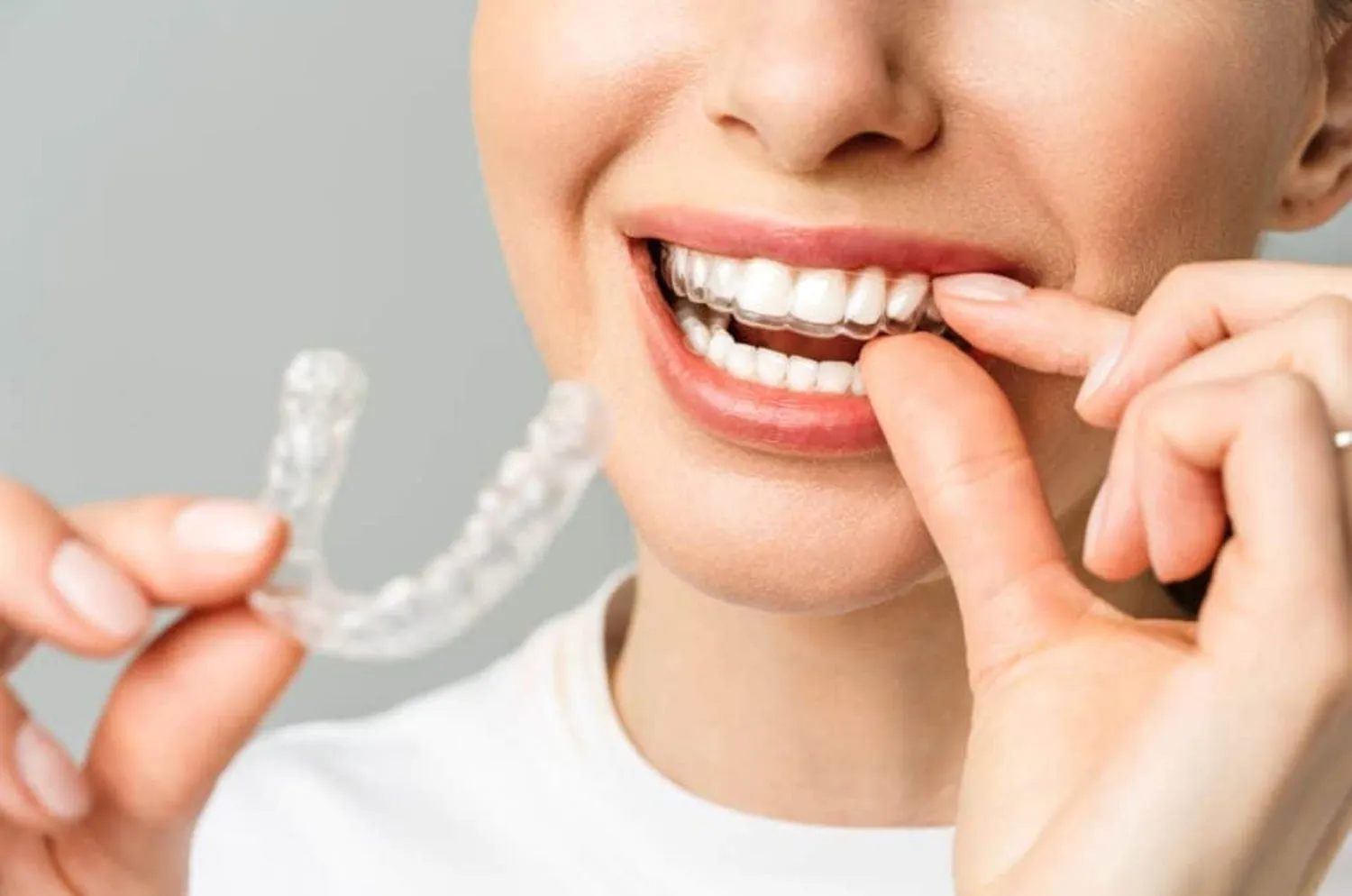
To maximize the results of your teeth whitening treatment with Invisalign, it’s important to avoid or minimize the consumption of staining foods and drinks. These include coffee, tea, red wine, dark sodas, and certain fruits and vegetables like berries and beets. These items contain pigments that can stain your teeth, potentially reversing the whitening effects. If you consume staining foods or drinks, rinse your mouth with water immediately afterward. Using a straw can also help minimize contact with your teeth. After whitening, consider limiting your intake of these items for a few weeks to help maintain your brighter smile. By being mindful of your diet and making smart choices, you can extend the longevity of your teeth whitening results and maintain a dazzling smile.
